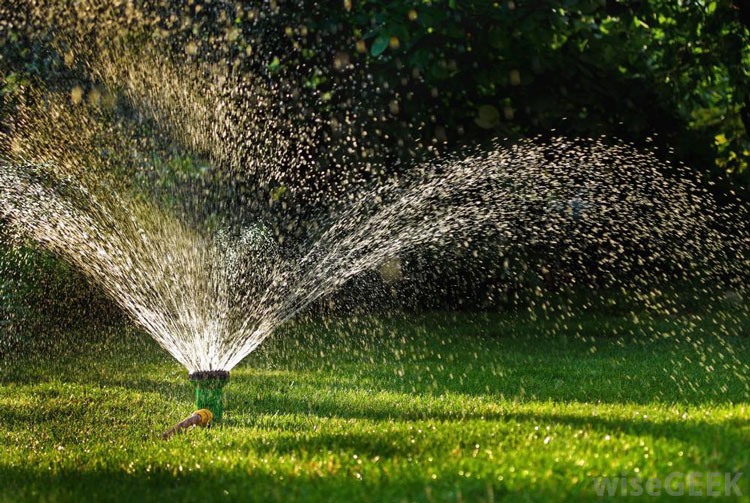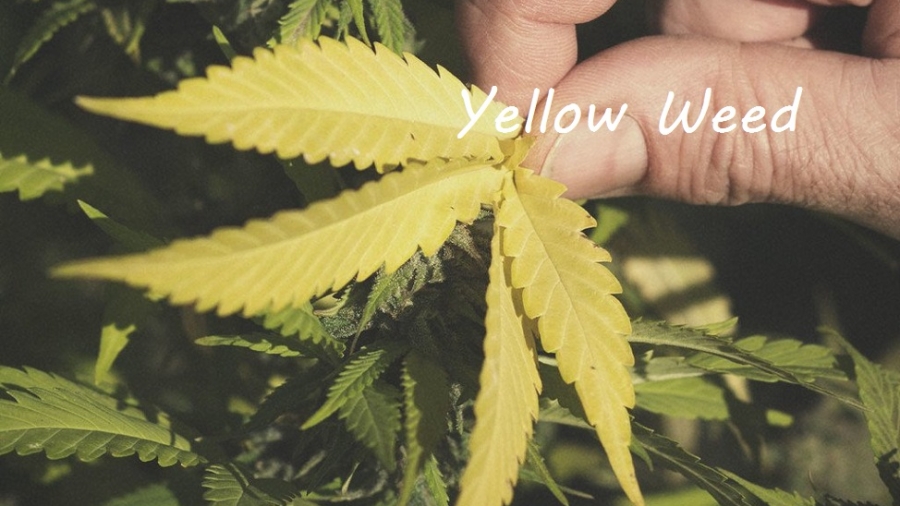If your cannabis leaves have started to turn yellow, you’re probably panicking right now. Stay calm — there is a solution.
The first thing, however, is to diagnose the problem correctly. Cannabis leaves can become yellow for a wide range of reasons, but you can’t solve the underlying problem until you know the cause.
Here is a run-through of several common reasons why the leaves on your marijuana plants might be yellowing, as well as potential solutions to help you fix it.
Yellow Marijuana Leaves? How to Obtain an Accurate Diagnosis
In scientific terms, the yellowing of leaves is called chlorosis. This is a process wherein plant leaves lose their chlorophyll (the compound that keeps them green).
Chlorosis may be the result of a specific issue (environmental problems, sunlight deficiency, etc), or it may simply be due to senescence – the process of change due to biological aging.
Natural senescence is nothing to worry about. In fact, at the end of each growing season, many plants in a crop will start to turn yellow and drop their leaves (think of deciduous trees during autumn). Some growers “flush” their crops with pure water or a flushing solution at this late stage in cultivation. This helps to get rid of any excess nutrients, and will speed up the natural process of senescence.
Of course, other factors may be responsible for the yellowing of your marijuana crop. Rarely, however, is chlorosis a cause for panic. Often times it’s something simple that is preventing photosynthesis. If you act quickly, you can generally help your plants recover without issue.
Let’s explore several diagnostic tools that you can consider to help figure out what’s causing the leaves on your cannabis plant to turn yellow.
Light Deficiency
Lighting can be a complicated matter, especially for new growers. First, you have to establish the correct type of lighting, and then figure out an optimal distance from your plants.
Lights are crucial because your plants need them for photosynthesis. It is especially important for seedlings to get the right amount of light to encourage them to grow. Young cannabis plants with a light deficiency are likely to turn yellow, whereas mature plants may darken if they’re not getting enough lights.
To help determine if a light deficiency may be your problem, check nodal spacing (stretches of stem between the leaves) of the newer/smaller leaves on your plants. If there’s more than one leaf-width of space between leaves, inadequate light may be the culprit (check out a complete beginner’s guide on the proper lighting for cannabis plants).
The Fix
Strong lights, such as HID (high-intensity discharge) bulbs, are better for cannabis seedlings. Invest in metal halide (MH) or high-pressure sodium (HPS) lights for best results. In a smaller grow room where heating becomes an issue, LEDs are a decent substitute. Also, you may consider moving the lights lower so that they sit closer to your plants. You’ll need to move them as the plant grows taller, though.
Watering Issues
Both over and under-watering cannabis plants can lead to chlorosis. Unfortunately, water is a tricky thing to get right. You need to water your crop the perfect amount – and at the right times.

Too much water can reduce the oxygen content of the soil, which starves the root system and leads to death. You will know if you have over-watered your plants because their leaves will be swollen, droopy, and yes – maybe even yellow.
Under-watering is less common, since most cultivators are hyper-aware that their crop will die without proper hydration. However, under-watering does happen, and under-watered plants may appear weak, thin, brittle, and yellow.
The Fix:
The solution here is simple: stop watering plants that are over-watered, and water under-watered crops more! Get to know your plants well, and get to know the environment they thrive in. Get a feel for the weight of the growing medium when it’s dry, as well as when it’s saturated. You can even invest in a humidity meter to view the water content of your soil more accurately.
pH Imbalance
pH stands for potential hydrogen, and measures the acidity of a specific medium. pH works on a scale of 1-14, with 7 being neutral. For cannabis plants, the pH of your soil should be between 6 and 7 (hydroponic growers should opt for 5.5-6.2).

If the pH isn’t right, your plants won’t be able to obtain the correct nutrients, and leaves may begin to yellow. (We cover nutrient deficiencies in more detail later, but generally, you should note that pH imbalance can cause a variety of symptoms). Yellow leaves, burning at the edges, and marks like spots and stripes are all indications of a pH imbalance.
The Fix:
You can buy a pH tester online to check the quality of your growing medium. Home kits, however, don’t always test for calcium carbonate, which can make your soil heavy in alkaline materials. You can check for its presence by adding a soil sample to a cup of vinegar; if it fizzes, there’s calcium carbonate. Alternatively, send a sample off to a lab.
Once you know the problem, you can either re-pot in a new growing medium, or adjust the soil pH. Certain substances are known to change pH. For example, wood ash and lime can increase it. However, it’s probably a lot easier to purchase pH UP and pH DOWN substances from a gardening store.
Heat Stress
Heat stress can cause yellow, burnt leaves if plants are kept too close to a light source. Some leaves may also begin to curl.
For lack of a better explanation, this is because marijuana plants (as is the case with most plants) are susceptible to temperature extremes. And again, this often comes down to a lighting issue. Bulbs give off heat while they provide light; put your plants too close to a bulb(s), and you run the risk of frying them.
A quick way to tell whether heat stress is an issue is to use the hand test. Place your hand by your plants and hold it there for thirty seconds. If it’s too hot for your hand, then it’s too hot for your cannabis!
The Fix:
Make sure the light source is the right distance away from your crop. You will need to monitor it and change it regularly as the plants grow. You should also invest in a thermometer. If it’s too hot, then add air conditioning or fans.
Plants that have experienced heat stress may need to be moved away from the light. Keep them at a further distance until they begin to recover.

First things first – whenever you see yellow leaves on your marijuana plants, the first step is not to panic. Yellow leaves are not always a death sentence. Sometimes, the leaves turn yellow for no particular reason, even though there’s no harm to your plant.